
Growing Food With Artificial Light
Growing food with artificial light uses LED technology to grow vegetables and fruit indoors without the need for natural sunlight.

The ability to grow food using artificial light has opened up new possibilities in agriculture and food security.
Growing food in vertical indoor farms means that fresh vegetables and fruit can be produced locally in any community.
Reducing the need to transport food around the world, growing food using artificial light can have a beneficial effect on the environment.
Table of Contents
Why Do Plants Need Light?
Photosynthesis is the method green plants developed to create a source of food from water, carbon dioxide, and minerals.
The process transforms CO2 into oxygen and energy-rich organic compounds to help them grow.
Plants use light energy from the sun to power photosynthesis, which is essential in growing food throughout the world.
As food requirements increase, there has developed a demand for indoor farming using artificial lights to replicate the energy of the sun.
Where To Buy LED Grow Lights
If you are growing Sun-loving fruit or vegetables indoors, you can replicate the full spectrum light of the Sun with these high quality LED grow lights.
Essential for photosynthesis, the light produced by these LED grow lights can allow you to grow a wide range of fruits, herbs and vegetables wherever you want indoors.
29329 Lumens LED Grow Light
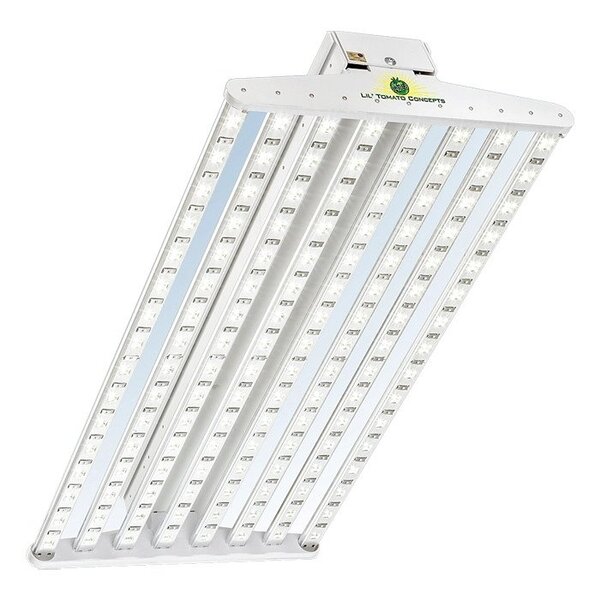
1280W 8X4 LED Grow Light

Can You Grow Vegetables and Fruit In Artificial Light?
Recent developments in LED light technology means that Vegetables and Fruit can be successfully grown in artificial light.
LED lighting is able to replicate the wavelength and intensity of natural sunlight to provide enough photons of energy for plants to photosynthesise efficiently.
The idea of growing food indoors using artificial light is an important consideration for many farmers and scientists.
Concerns about climate change and increasing global population means that understanding alternative farming methods will become more important for sustainable food production.
As the energy from sunlight is vital in growing food, replicating the light of the sun using artificial light can offer more opportunities for growing food in new ways.
What Do Vegetables And Fruit Need To Grow?
Like all plants, vegetables and fruit require photosynthesis to grow. Photosynthesis allows plants to generate their own food from carbon dioxide and water.
To provide enough energy to produce food, plants require energy, which they naturally absorb from the sun.
More specifically, plants require energy from photons, which are the particles that make up light.
Since all light is composed of photons, your plants will still be able to make use of a photon supply, whether it is from the sun or from an artificial light source.
What Is The Difference Between Sunlight Vs. Artificial Light?
If you are considering growing food using artificial light, it is important to understand the difference between sunlight and artificial light.
Which Wavelengths Do Plants Use?
Different wavelengths of light will provide different amounts of energy.
While all white light is composed of all the colours in the spectrum, sunlight contains more red and blue light.
Plants absorb the red and blue wavelengths through their leaves. In doing so, they reflect the green and yellow light, which is why we see plants as green.
What Is The Intensity Of Sunlight?
Standard artificial light is not as intense as sunlight. Plants are adapted to the higher intensity of sunlight.
Since sunlight is more intense, the plants receive more photons to provide more effective photosynthesis.
Artificial Light That Helps Plants Grow Indoors
Understanding the light preferences of plants, artificial lighting has been developed to replicate the sun’s rays more precisely.
Light Emitting Diodes (LED) lighting is the best form of artificial light for growing plants indoors.
LED lights are the most efficient artificial light source for emitting the red and blue wavelengths of the spectrum.
Compared to other lighting, including florescent lights, LED produce a more intense light and are also more energy efficient.
How Are Plants Impacted By Artificial Light
Sunlight offers a plant all the energy it needs to begin photosynthesis and produce the food that they need to grow.
Plans also have internal biological clocks which respond to the suns’ movement throughout the day.
This sends a signal to the plant for when to bloom, how long they grow for and how tall they grow.
Red LED light is shown to encourage stem growth. Plants grown under red light were more elongated than those under white light.
The effects of red light on the plant also encourage antioxidant activity for nutrition and health benefits.
Chlorophyll is the main molecule that plants use to capture the energy of photons. Blue LED light is shown to increase seedling weight and improve chlorophyll induction.
Growing Food Under Artificial Light
Farming has traditionally been an outdoor activity which uses the Sun as an energy source to grow food. This method has changed little since the dawn of agriculture.
However, new artificial light technology has developed the potential for farmers to increase the food that they can produce while using less land.
As our world begins to face challenges of increased population and environmental dangers, growing food indoors has become a way to overcome threats to food security.
Controlled Environment Farming
Farming in a controlled environment means that the farmer manages all the environmental conditions of the crops including nutrient cycles, humidity, temperature and light.
Using artificial light, hydroponic, aeroponic and aquaponic systems, this method of urban farming has complete control over all the conditions required to grow fruit or vegetables.
Where greenhouses make use of natural sunlight, vertical farming makes use of artificial light.
Growing Food Without Using Sunlight
LED light technology uses energy-efficient bulbs to replicate the effects of sunlight.
While fluorescent lights can also provide artificial lighting suitable for crop growth, LED lighting is replacing this older technolog.
The latest scientific research suggests that a mix of red and blue wavelengths are the only essential requirements for growing food.
How Pink Light Influences Crop Growth
A combination of blue and red wavelengths can provide optimal year-round food production.
The blue light influences phototropism. Phototropism opens the stomata which regulates water retention and chlorophyll production or the plant.
Red light is absorbed by phytochromes. This initiates root development, seed germination and encourages shade avoidance.
Artificial Lighting for Growing Vegetables at Home
While the cheapest way to get energy to grow vegetables is by utilising the sun, adequate sunlight is not always available.
If you are short of land available for growing food or you want to take advantage of using artificial lights to grow food indoors, there are some affordable options available.
The cost of growing food at home using artificial light will require the following considerations:
- Cost of artificial grow lights
- Cost of light fixtures
- Cost of electricity
- Temperature control
- System Maintenance
The intensity of the lights and percentage of red, blue and white wavelength will depend on the crop you are planning to grow.
How Much Light Do Vegetables, Herbs, and Fruits Need To Grow Indoors?
Leafy Greens and Herbs
Leafy greens can flourish under moderate lighting levels. Lettuce, spinach, watercress, corn salad, sorrel, and kale are a great growing crop for beginners.
Cool-season herbs will also easily grow well in moderate light levels. These include fennel parsley, cilantro and mint.
Germinating Seeds and Microgreens
Seedlings require long durations of bright light to successfully sprout. If your seedlings are not exposed to adequate light, they can grow into weak seedlings that will topple over and perish.
You can set your lights to come on using a timer and expose the seedlings to an average of 16 hours a day.
LED lights do not produce a lot of heat, which means that you can move the lights closer to the plants without burning them.
When the seedlings are strong enough to be transplanted into larger containers, they can be moved further away from the light source.
Fruit and Root Vegetables
For fruit, root vegetables or sun-loving herbs, high quality artificial grow lights are essential.
Fruiting plants require a lot of energy to grow, so require a more intense light source for longer periods.
Crops which enjoy full sun conditions such as strawberries, peppers, tomatoes, beets and basil require 6 to 8 hours of sunlight per day.
To replicate these sunny outdoor conditions, the plants will need to spend 14 to 20 hours per day under high-output LED grow lamps.
Where to Buy Hydroponic Growing Systems
If you are ready to start hydroponic growing with artificial lights, you can get a head start by investing in ready built sytems.
Buying premium Hydroponics Boxes or Grow Tent Systems with high quality artificial LED lighting are the most effective methods for getting started quickly on growing plants hydroponically.
Hydroponic Grow Boxes
Hydroponic grow boxes are the smart solution for growing food indoors when you are limited by space.
4 Plant LED Grow Box
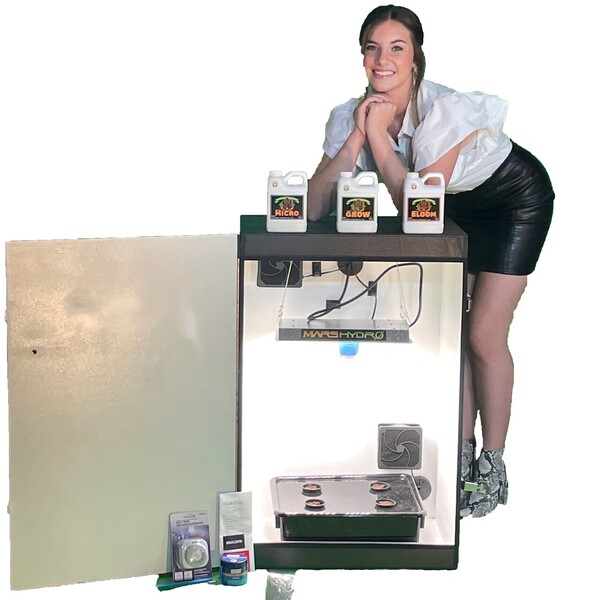
4 Plant Vertical Grow Box

Grow Tent Systems
If you are ready to grow food indoors, a grow tent provides a ready-made environment to contain light and heat.
5 x 10 Foot Heavy Duty Hydroponics Tent
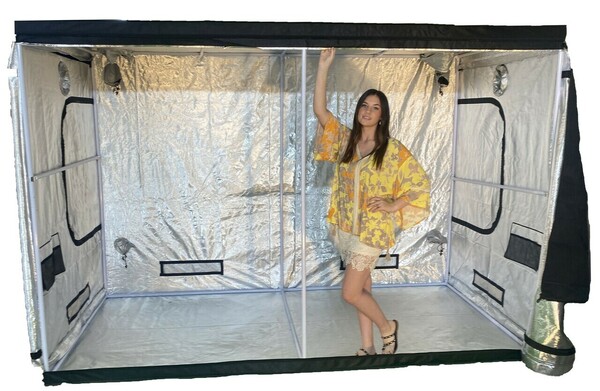
Hydroponics Systems
A hydroponic system will include everything you need to get started on growing your plants indoors.
4 Plant Hydroponics Kit
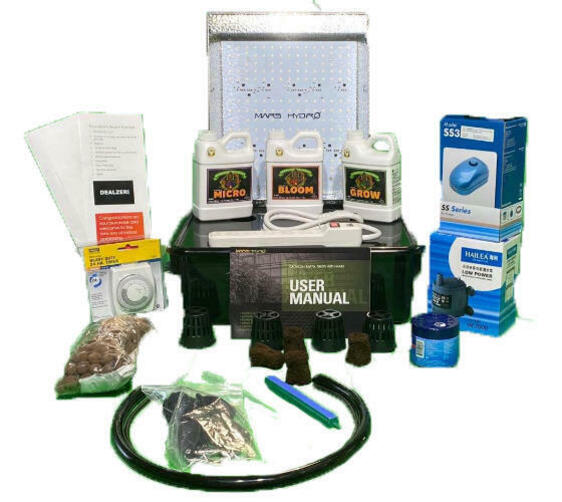
5 Gal 8 Bucket Hydroponic System

LED Grow Lights
If you are growing vegetables indoors using artificial light, you can replicate the full spectrum light of the Sun with LED grow lights.
29329 Lumens LED Grow Light

1280W 8X4 LED Grow Light

References:
Interested in growing your own food as a hobby or interest? We have other pages of information about growing food here.
We hope this article offered you enough information to begin growing food with artificial light.
Follow the link below to discover other cool hobbies and interests.

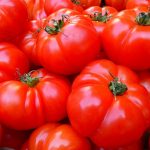
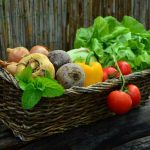

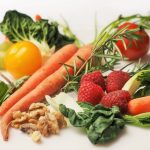
One Response